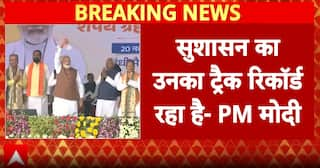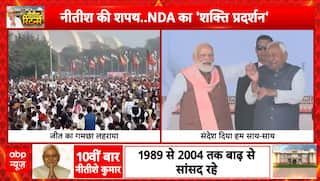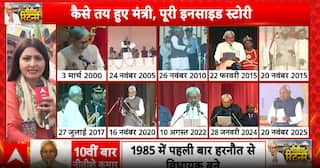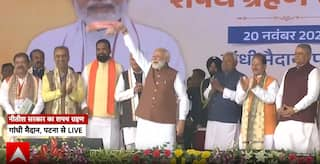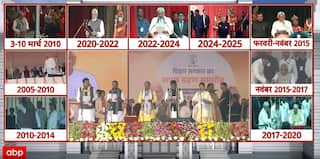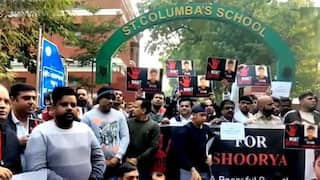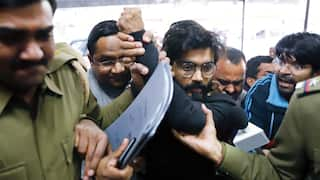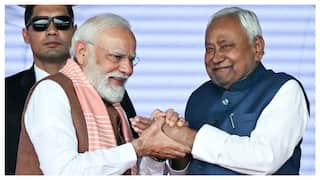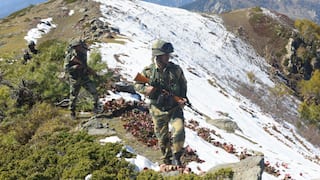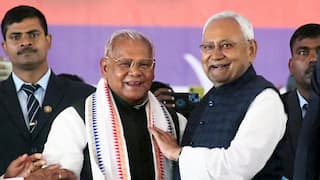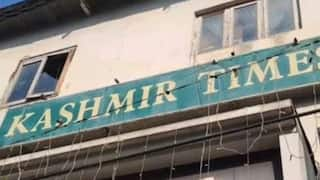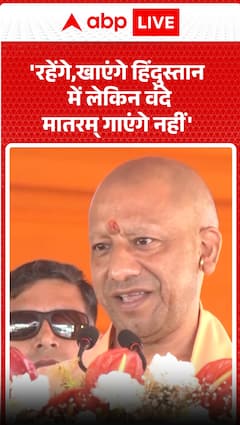Explorer
Surge pricing for premium trains is a welcome move
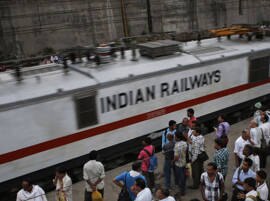
The usual suspects are raising a predictable hue and cry against the Indian Railways surge pricing formula. It is restricted, for now, to its premium fast trains like Duronto, Rajdhani and Shatabdi, used by the burgeoning middle class.
The idea is the common man, the masses, the very poor, can continue to use the hundreds of slower trains at no extra charge. That the clamour should fly in the face of a basic Marxist tenet, that the rich should be soaked for the benefit of the poor, is doubly inexplicable.
Besides, the Railway Ministry, farmed out to important coalition allies by the UPA, has been criminally neglected in every way imaginable. This, starting with policy paralysis and rampant populism at the expense of deficits to the balance sheet, and ultimately the tax payer.
But the cavalier attitude also extended to dilapidated track and signalling equipment, ancient rolling-stock, degradation of all facilities, no growth, neglect of safety, illustrated by frequent accidents and loss of life, no innovation.
The Indian Railways was on the absolute brink of collapse, when NDA II took over.
Happily, it is at last getting the priority and management it deserves, to restore the fourth largest railway network in the world back to health.
Under the latest dynamic formula, the better-off can either book well in advance to be amongst the first 10%, or pay more for the privilege, on a rising scale that goes up to 50%, as the train fills up, closer to the day of journey. This is exactly like budget-airline pricing, and in keeping with other railway systems elsewhere.
Earlier, urgent across-the-board hikes in passenger fares, freight-rates and tatkal/cancellation rates, after long years of rate freeze, and blatant disregard of direct costs incurred and indirectly, a huge employee profile, did some good. But it was far from enough.
All these band-aid hikes, and other investments on new tracks, connectivity and so on, were contemplated by the UPA, but it just didn’t have the determination to implement any of it. But it doesn’t stop it and others who want a free lunch forever from criticising the reforms now.
The new process kicks in, ‘on an experimental basis, for three months,’ from September 9, 2016, probably to service the ‘festive season’ rush.
Indian Railway officials are confident it will work through the year, because the premium ‘fast’ trains, still very few in number, are most often overbooked, and never dip below the 90% capacity mark.
The protest against the move comes from socialist intelligentsia blindly subverting its own logic, instantly spawned ‘railway activists’, the politically dwindled but vociferous Left, and some ubiquitous left-leaning politicos.
They accuse the Indian Railways of trying to make up their losses (Rs 34,000 crore in the passenger segment alone), by taxing premium passengers with high ticket prices. Isn’t that what a good Marxist would do?
Some sputtering middle class objectors, long used to taxpayer subsidised fares, claim that they would rather fly on a budget airline for two hours, than pay the Indian Railways up to 50% more for ‘a 16 hour journey’.
But there too, they might have to think again. If they want a cheap seat on a 200 or so seater budget airline aeroplane, they would have to book way in advance! So those who expect a general exodus to air travel may well be confronted with rising prices and inadequate space there.
Union Railway Minister Suresh Prabhu has been making strenuous efforts to improve the product. There are new and better designed/appointed coaches, swifter travel times, using new state-of-the-art engines, better passenger safety/security, on board, and on the track.
There are bio-toilets, quality linen, superior catering, wi-fi. Some 400 stations are being radically upgraded to modern airport standards. There is on-board ticketing if necessary, streamlined administration, and a personal responsiveness to tweets sent direct to the Minister.
Brand new offerings such as Bullet and Maglev trains are on the way, no doubt at different price points. Taken together, the attempt is to offer a 21st century array of product to Indian consumers for the first time.
On the freight side too, declining revenues will be correctedonce efficient, fast, commodious and most importantly, dedicated freight corridors are operationalised.
Care is being taken by the Modi Government to protect the pockets of those who cannot afford higher prices. Even as it is catering to a very specific and insistent demand for a superior train travelling experience from the burgeoning middle classes. That's a good idea whose time has come.
Disclaimer: The opinions, beliefs and views expressed by the various authors and forum participants on this website are personal and do not reflect the opinions, beliefs and views of ABP News Network Pvt Ltd.
Follow Blog News on ABP Live for more latest stories and trending topics. Watch breaking news and top headlines online on ABP News LIVE TV
View More
Advertisement
Advertisement
Advertisement









